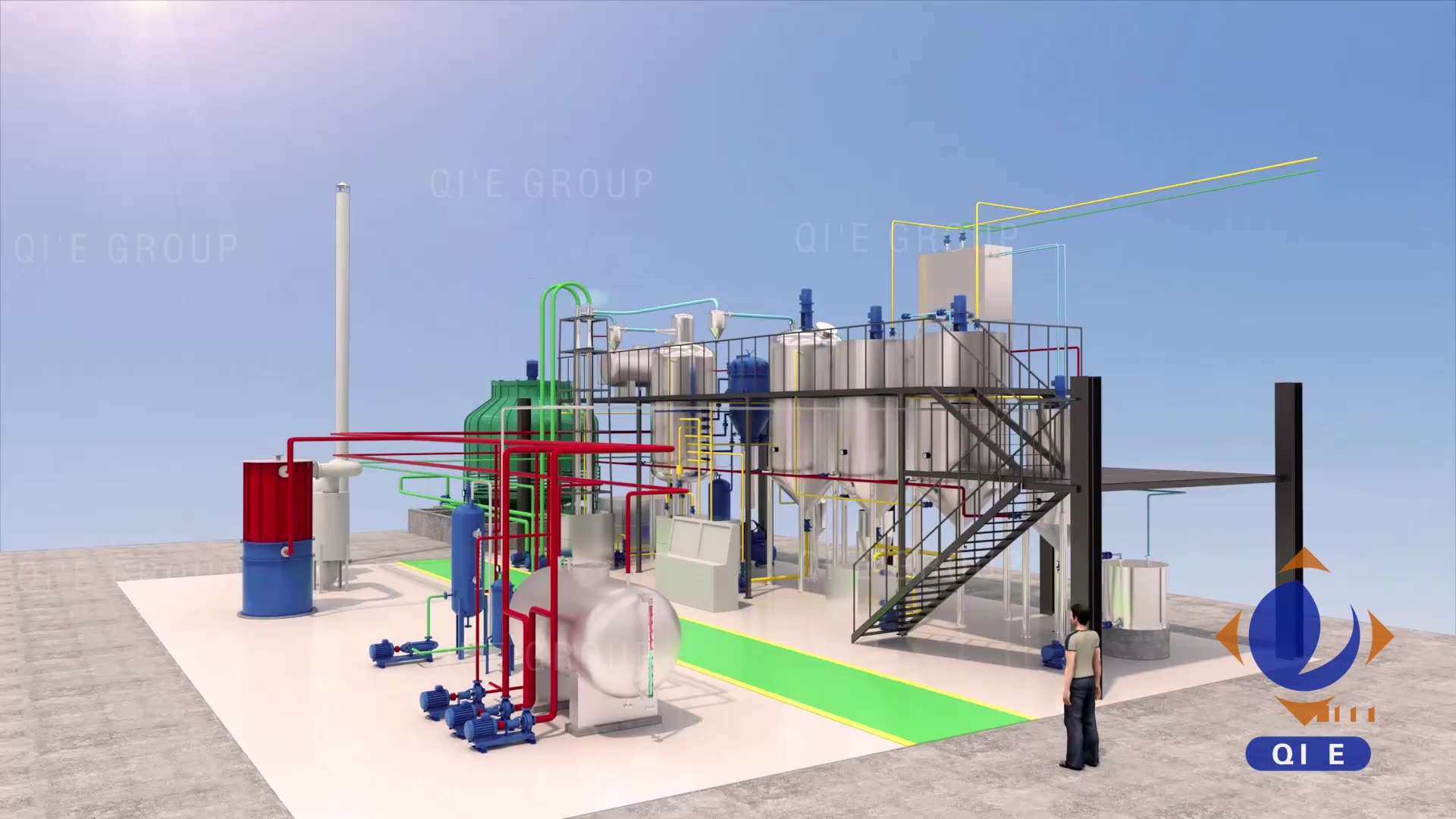
For small and mid-sized soybean oil refineries, choosing the right deodorization system isn't just about equipment—it’s about optimizing quality, reducing energy costs, and meeting international food safety standards like ISO 22000 and HACCP. In this guide, we break down how to configure a high-performance de-gumming and deodorizing system that delivers consistent results while minimizing downtime and waste.
Each stage—degumming, neutralization, bleaching, and deodorization—plays a critical role in determining final oil clarity, flavor stability, and shelf life. Here’s what you need to know:
| Process | Key Parameter | Impact on Quality |
|---|---|---|
| Degumming | Water addition (1–3%), temp: 60–70°C | Removes phospholipids—prevents gum formation during storage |
| Neutralization | NaOH concentration: 0.5–1.5%, temp: 80–90°C | Removes free fatty acids (FFA) — improves oxidative stability |
| Bleaching | Clay dosage: 0.5–1.5%, vacuum: 20–30 mbar | Removes pigments and trace metals — enhances color and clarity |
| Deodorization | Temp: 240–260°C, vacuum: ≤0.5 mbar, steam flow: 3–5% of oil mass | Eliminates odors and volatile compounds — ensures clean taste and long shelf life |
Properly tuned parameters can reduce raw material loss by up to 1.5% per batch and cut energy consumption by 12–18% compared to outdated setups.
Many small refineries struggle with inconsistent oil quality due to poor temperature control or improper steam-to-oil ratios during deodorization. A case study from a 3-ton/day facility in Vietnam showed that after implementing automated process monitoring and real-time vacuum feedback, they reduced off-flavor complaints by 60% within three months—and achieved compliance with EU import requirements.

Another common issue? High operating costs from inefficient heat recovery systems. Modern deodorizers now integrate heat exchangers with >85% thermal efficiency, which means less fuel use and lower emissions—a win for both your bottom line and environmental compliance.
We don’t just sell equipment—we build partnerships. With over 15 years of experience supporting global food processors, our team offers:
Whether you're upgrading an existing line or building from scratch, our technical consultants will help tailor the solution to your throughput, budget, and quality goals.
Ready to optimize your soybean oil refining process? Download our free whitepaper: “Step-by-Step Guide to Efficient Oil Deodorization for Smaller Plants” — filled with actionable tips, process checklists, and real-world success stories.
Get Your Free Whitepaper Now










